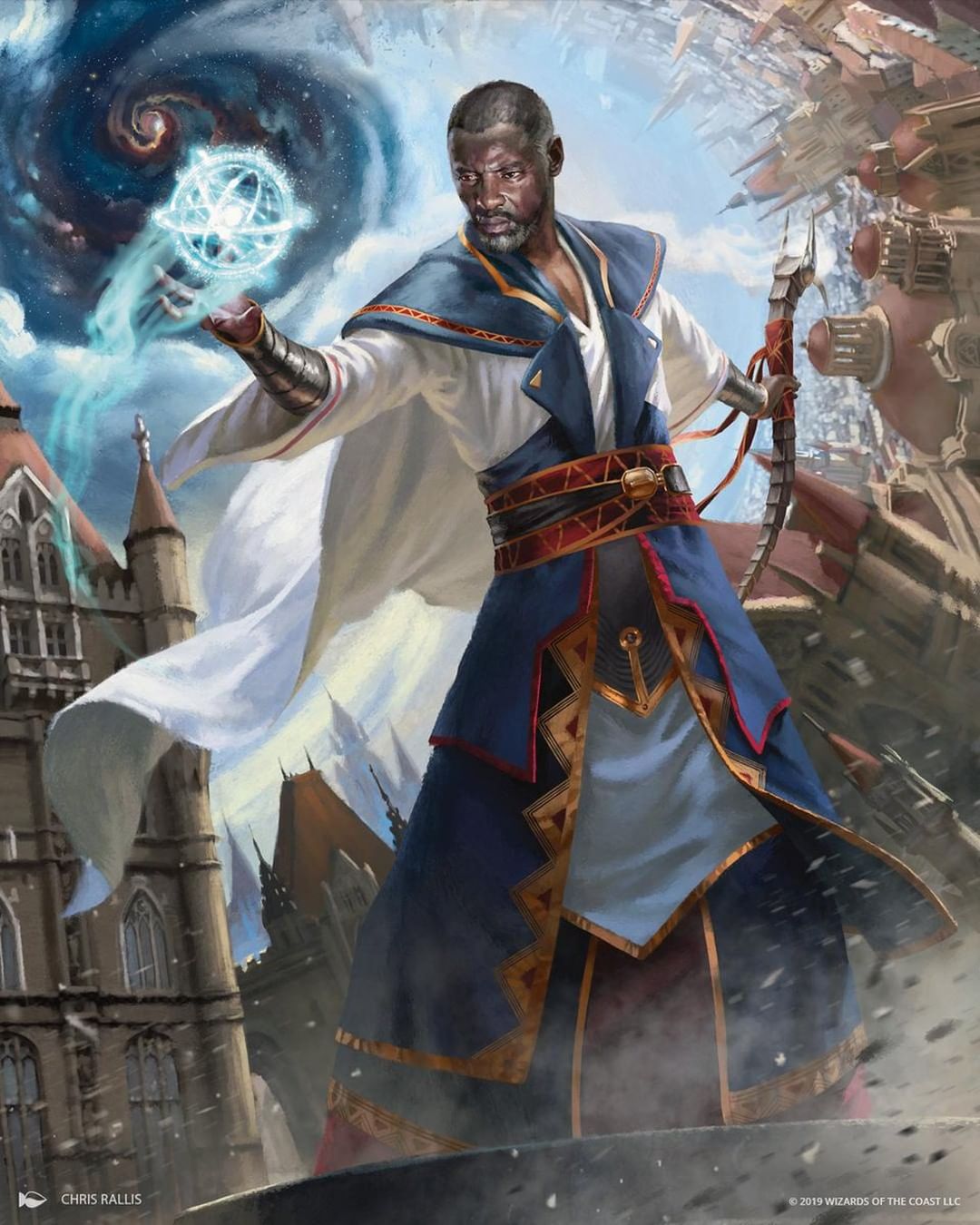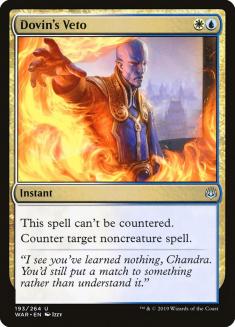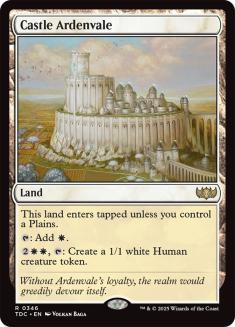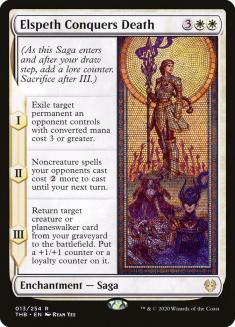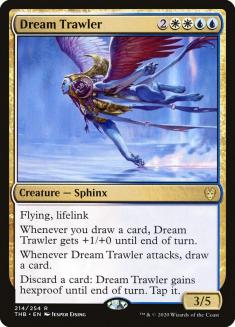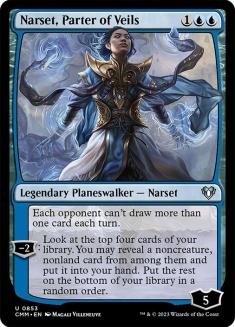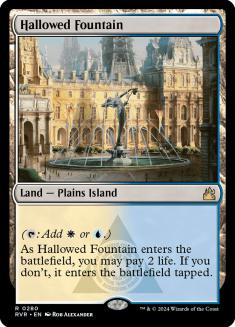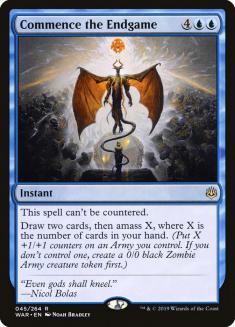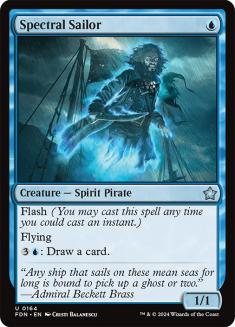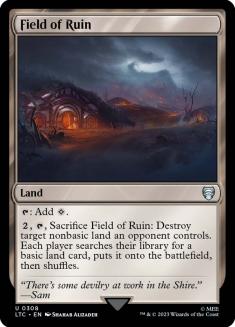One week ago, SCG’s own Paulo Vitor Damo da Rosa became World Champion with Azorius Control. Since then, the deck has grown to take all comers. It was a full half of the DreamHack Open Top 16 and shows no signs of slowing down. Azorius outlasts Mono-Red, douses Jeskai Fires, and exhausts Temur Reclamation. Despite its poor Temur Adventures matchup, Azorius Control is here to stay.
I am seriously considering playing this deck at my next Standard event: Grand Prix Detroit. If you are considering the same, then there is one matchup you must master due to its intricacy and popularity. If you play a major event with Azorius Control, you have to be ready for the mirror. Even if you are experienced with control mirrors historically, this one is may be counter-intuitive. In this article, I will discuss the most important cards in the matchup, how to use them, and how to beat them.
Teferi, Time Raveler
Like any counterspell-heavy matchup, the mirror revolves around Teferi, Time Raveler. He blanks a full twelve cards in the stock list and allows his controller to resolve whatever haymakers they please. If your opponent casts Teferi, you should always counter if you can. If you are concerned about them countering back, this is the time to spend your Dovin’s Veto; there is no better target. Additionally, if you are at parity or ahead, you should do your best to hold back a counterspell for Teferi. This will not always be possible but it is worth doing if you can arrange it.
The fact that Teferi is so important means that it is rare to see a player cast him on Turn 3. If one player goes for a Teferi that soon, they leave themselves vulnerable to the opponent untapping and resolving their own Teferi. As a result, it is unusual for a player to cast any meaningful spell in the mirror before Turn 4 or 5 when they can cast a threat with counter backup.
Even when I have no counterspells in my opener, I will go out of my way to represent them, just to discourage my opponent from casting it on curve. If that means playing my lands in an awkward order to have Veto mana, so be it.
Inevitably, one player will eventually resolve Teferi. If you are the Teferi player, take it slowly and protect your Teferi as much as you can. This will generally mean holding up countermagic, rather than casting uncounterable haymakers. In the long run, you will almost always win since every counterspell they draw is a blank card. You will usually want to minus your Teferi immediately, even with no target. Otherwise, you risk losing value to an exile effect or to a Narset, Parter of Veils. The best target for Teferi to bounce is usually Omen of the Sea. As a result, I tend to be conservative about sacrificing mine in the mirror. The fact that land drops seven to nine are often relevant adds to this.
If you are not the Teferi player, things get a lot harder. Often, the turn your opponent resolves Teferi, they will have relatively few untapped lands. That is your chance to go for something and hope they do not have the answer. Generally speaking, you should go for either Elspeth Conquers Death (ECD) or a Teferi of your own in this situation. Either will put you right back into the game if it resolves. Sometimes Dream Trawler can also make sense, although that loses to both countermagic and Shatter the Sky.
If your spell doesn’t resolve on the turn immediately following Teferi, or if you do not have access to a good follow-up, your best bet is often to sit back and make Castle Ardenvale tokens. The tokens pressure Teferi surprisingly well and can be hard to stop if they lack a Castle of their own.
Dovin’s Veto
In most control mirrors, if your opponent taps low, you can untap, win a counter war, and resolve a key spell. But in this Standard, most Azorius Control lists have at least three Dovin’s Veto in the maindeck and all of them somewhere in the 75. This means that if your opponent has two mana available, they can prevent any non-Dream Trawler spell from landing. This is true no matter how much mana you have up or how many counters you are holding.
The implications are significant. In this mirror, you often want to cast as many bait spells as possible and force them to trade off their Vetos for non-Teferi cards. While you are doing this, you can hold up Dovin’s Veto and prevent them from landing a Teferi of their own. This strategy tends to work best when your hand is heavy on threats, and light on countermagic. Note that redundant copies of Teferi work well as irresistible bait.
Castle Ardenvale
The second most important card in the mirror is the innocuous Castle Ardenvale. Castle is the easiest way to force your opponent to act, and once you have a few tokens out, Teferi becomes far less threatening, and Narset turns into a glorified Impulse. If you control Castle, and your opponent does not, you often want to just sit back and make tokens on their end step. This strategy works best if you have counterspells in hand, but is so effective that I rarely pass on it given the opportunity. If they choose to tap low for a Shatter the Sky, it gives you a good opportunity to resolve something and clears the way for your Dream Trawlers.
If your opponent has Castle Ardenvale advantage, you often just need to cast things. Usually, playing a counterspell precludes making a token, so going for threats will keep their army manageable until you can locate your own Castle or a Field of Ruin to answer theirs. Eventually, your goal is to resolve Teferi, plus it to keep it alive for the turn, and then force through a Dream Trawler. The six-mana creature is the easiest way to overcome a Castle disadvantage.
Elspeth Conquers Death
ECD plays a very strange role in the mirror. It is too expensive to be a realistic bait spell, but one of your best options if you control Teferi. If you have him but are short on counterspells, you will sometimes want to let threats resolve so you can land ECD on them. Once this card hits the table, you will often find yourself without a good planeswalker to bring back from death. In that scenario, you will usually want to go for a Dream Trawler or Teferi the turn before the Saga’s ultimate goes off. This puts your opponent in a no-win situation: counter the spell and it just comes back anyway, or let is resolve and lose to it. The only way a plan like this can fail is if your opponent untaps and uses their own ECD to exile yours. Play around that interaction if you can. It comes up frequently in the mirror, and is typically a blowout.
Dream Trawler
Dream Trawler is the ultimate end-game in the mirror. If your opponent does not present a Shatter the Sky immediately, you are likely to draw enough cards to prevent one from ever landing. Because the sweeper must be immediate, Trawler is a lot stronger after sideboarding, when most have only one or two copies of Shatter the Sky. Trawler cannot be hit by Dovin’s Veto, which means that if your opponent taps low, you only really need to worry about Mystical Dispute. If you have enough mana to pay or a Dispute of your own, I typically just cast the Trawler. If they have the sweeper, it’s an even trade. If not, the game is over.
If your opponent resolves a Dream Trawler, you usually want to go for Narset. This prevents the trigger from drawing a card for a turn while looking for a Shatter the Sky.
The Forbidden Art of Jamming
The majority of games of the mirror, you should be conservative and wait until you have counter backup to cast a meaningful spell. But if your hand has no counterspells at all, then Teferi resolving becomes a lot less scary. Thus, if your hand also has many threats, it can make sense to just throw them on the table and see what happens. Your opponent will probably resolve Teferi, but your plan is to win the post-Teferi game. An example opening hand that wants to play this sort of game is:
Mirror-Breakers from the Sideboard
At the moment, players are split between three different sideboard cards for the mirror: Commence the Endgame, Spectral Sailor, and an additional Field of Ruin.
Commence has been supremely unimpressive for me. Most of the time it is a six-mana Divination, and one your opponent can easily make awkward if they try. The body is easy to mitigate with Castle Ardenvale tokens and dies horribly to Teferi. I have found post-Teferi games to be surprisingly winnable, so I do not recommend playing a mirror-breaker that is bad in them.
Spectral Sailor is an odd beast. Castle Ardenvale makes the ability a lot worse, but a 1/1 flyer is surprisingly hard to remove or counter and it threatens planeswalkers somewhat well. Field of Ruin has looked the best to me, given how important Ardenvale advantage is, but I wouldn’t want to play more than one to avoid flooding. If I were playing Azorius Control tomorrow, I would register one Field of Ruin and one or two Spectral Sailors.
I hope this article has armed you with everything you need to win one of the most common matchups in Standard. Until next week, I hope that when you look in the mirror, you always like what you see!

